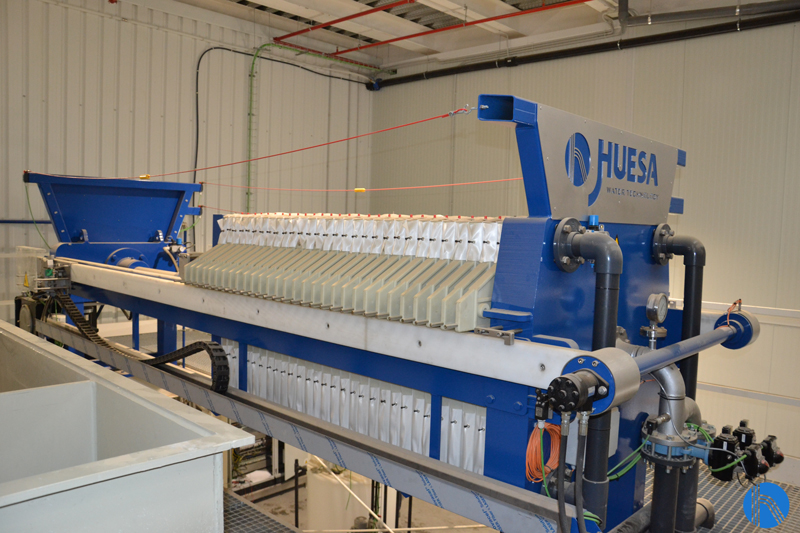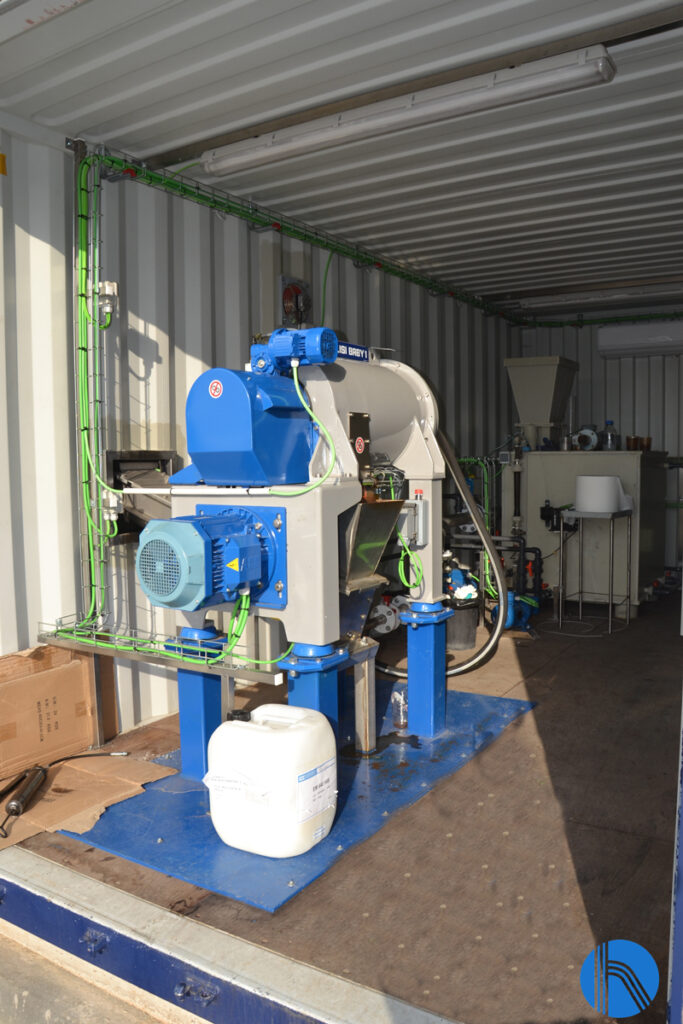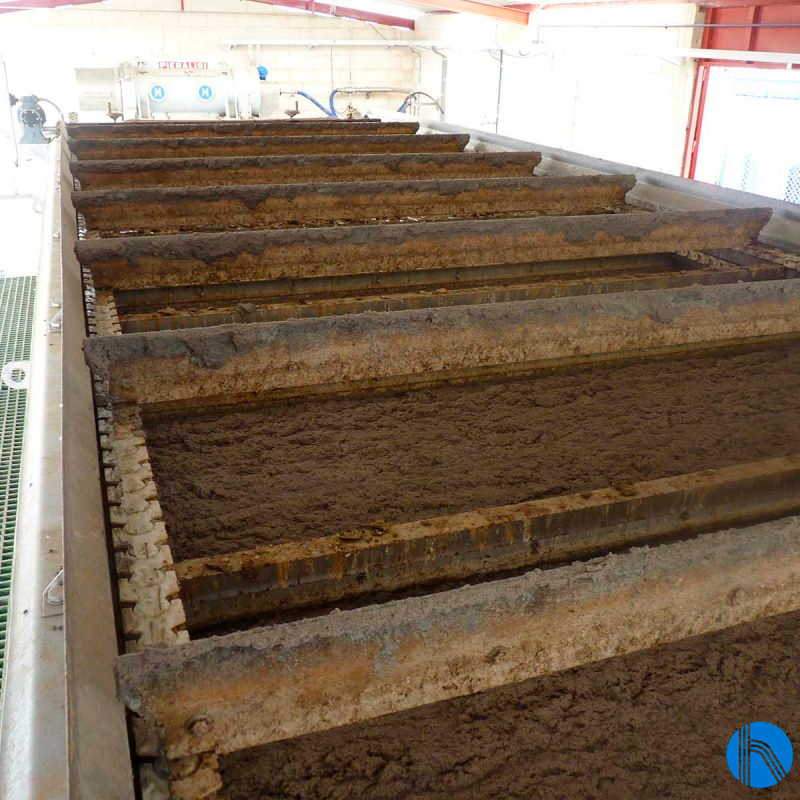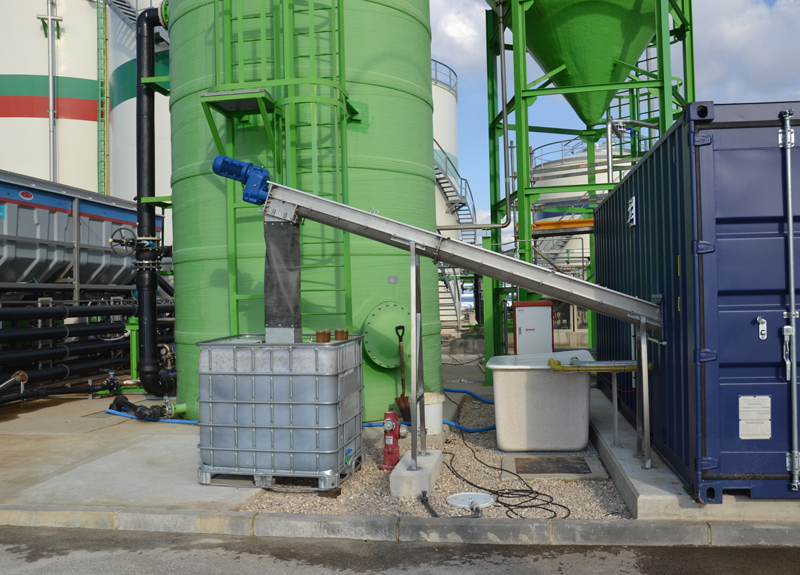Different water treatments produce a series of wastes that can be solid (which are incinerated or brought to landfills) or sludge, which can have a liquid or semi-solid consistency.
The composition of the sludge depends on the nature of the initial water contamination, the treatment to which the water has been subjected, and its hydrophilic colloidal matter content.
Sludge management aims to reduce sludge volume in order to minimize operating costs.
Types of sludge treatment:










